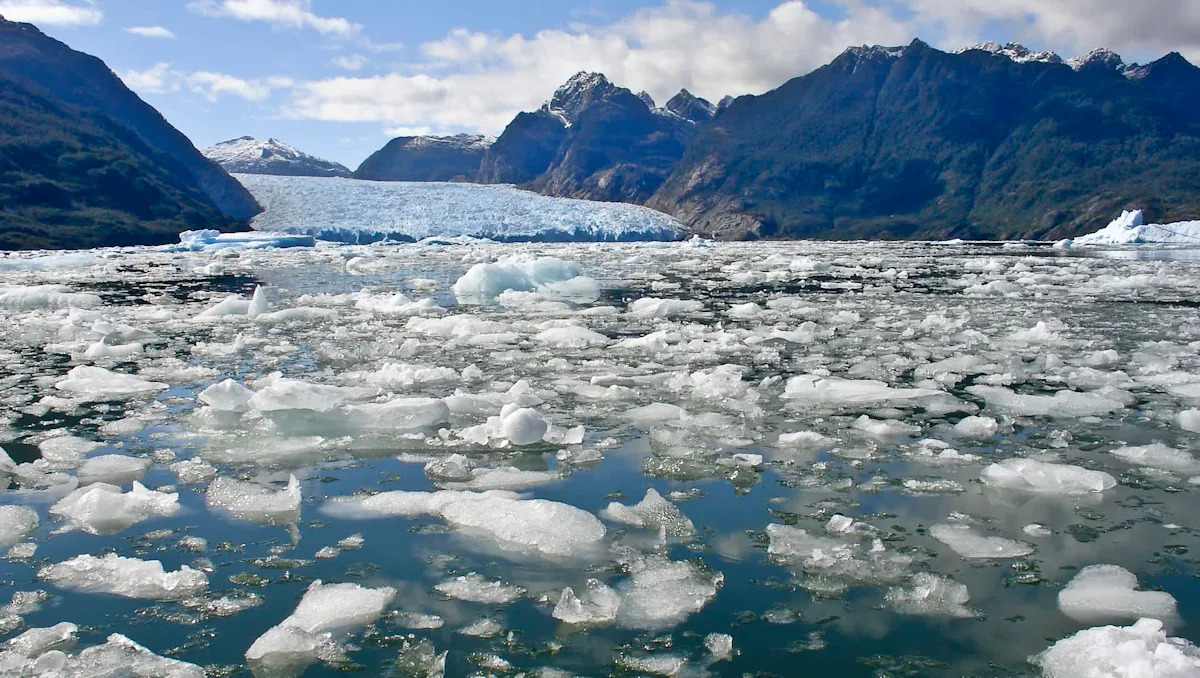The first step to solving a problem is understanding it, and a common worldwide phenomenon wasn’t properly understood until shockingly recently. With the aid of satellites, researchers can now accurately track the state of the world’s glaciers.
What’s happening?
According to Polytechnique Insights, it wasn’t until 2012 that researchers had a clear idea of the number of glaciers worldwide. According to that inventory, there are around 220,000 glaciers that are being lost at an alarming rate. Using a technique called stereoscopy, scientists combined two different satellite images of the same area to create a 3D model. This massively increased the world’s understanding of glaciers, and the results are predictably troubling.
Between 2000 and 2019, it’s estimated that 267 billion tons of glaciers were lost each year, and that over 9 trillion tons have melted since 1976. All told, these losses have contributed to a global sea rise of 2 centimeters (0.79 inches) just from mountain glaciers.
Étienne Berthier, a glaciologist with the French National Centre for Scientific Research, explained the importance of satellites to their research, per Polytechnique Insights: “It is essential to know the density of the snow covering glaciers and how it changes over time to calculate mass changes from satellite data.”
Why is glacial melt so concerning?
Glacial melt is one of the most straightforward yet alarming indicators of the impact of the planet-heating pollution of dirty energy. A warmer atmosphere accelerates the decline of glaciers, contributing to rising sea levels, more extreme weather events, and, in some cases, local tragedies caused by the collapse of glaciers. Millions more live under a heightened risk caused by glacial melt.
As the article noted, the effects of glacial decline do not occur evenly across the world, and the total loss will depend heavily on how successfully humankind restricts harmful carbon pollution in the coming years.
What’s being done about glacier loss?
The researchers have called for further study as current missions will soon expire, and there are no satellites currently dedicated to monitoring glaciers. Raising awareness of the issues isn’t just the purview of scientists; it’s something we can all contribute to.
Some short-term interventions may be necessary to slow glacial melt. Still, it is a long-term problem that necessitates a long-term solution: namely, the elimination of heat-trapping carbon pollution and the widespread adoption of clean, renewable energy.
Join our free newsletter for good news and useful tips, and don’t miss this cool list of easy ways to help yourself while helping the planet.
